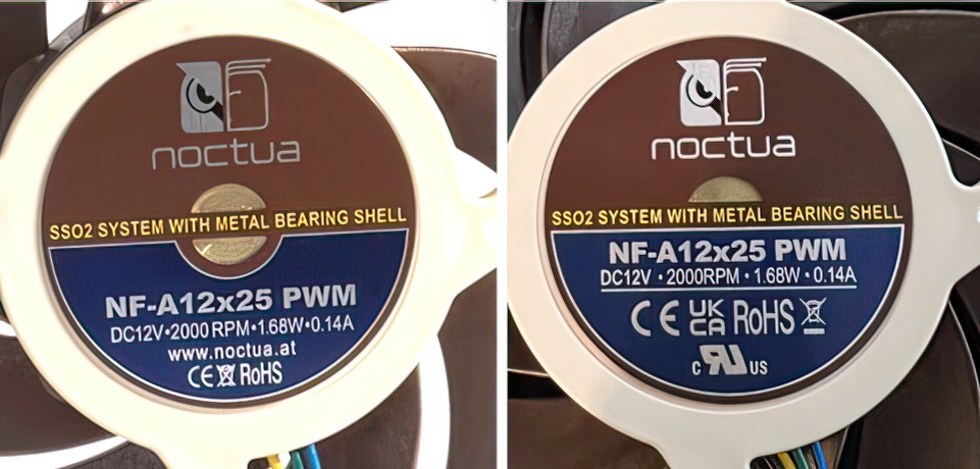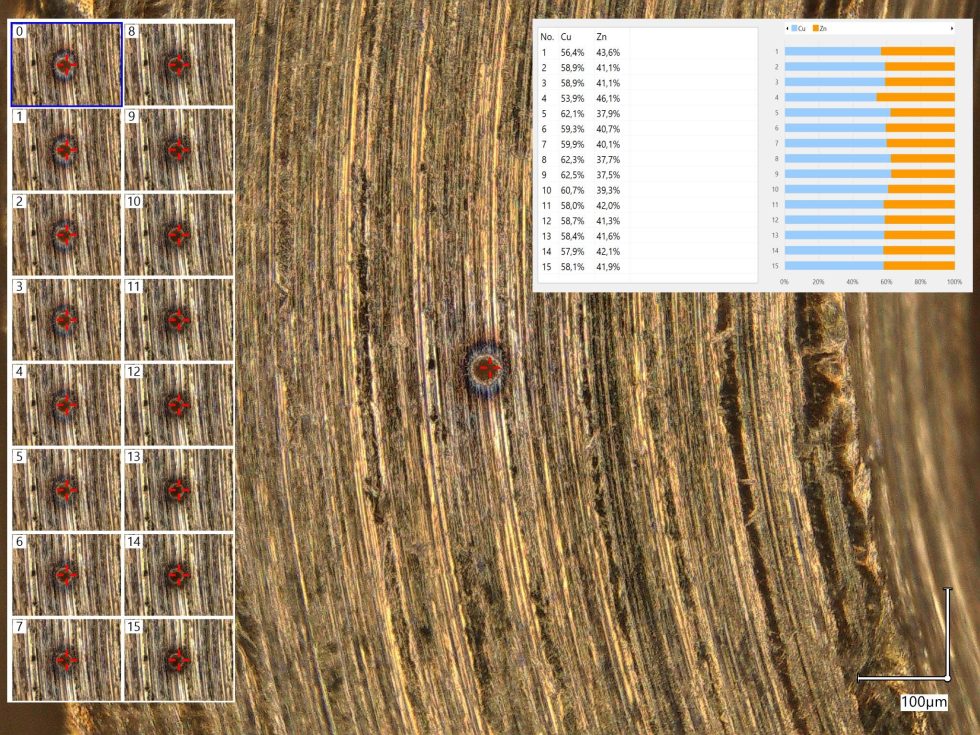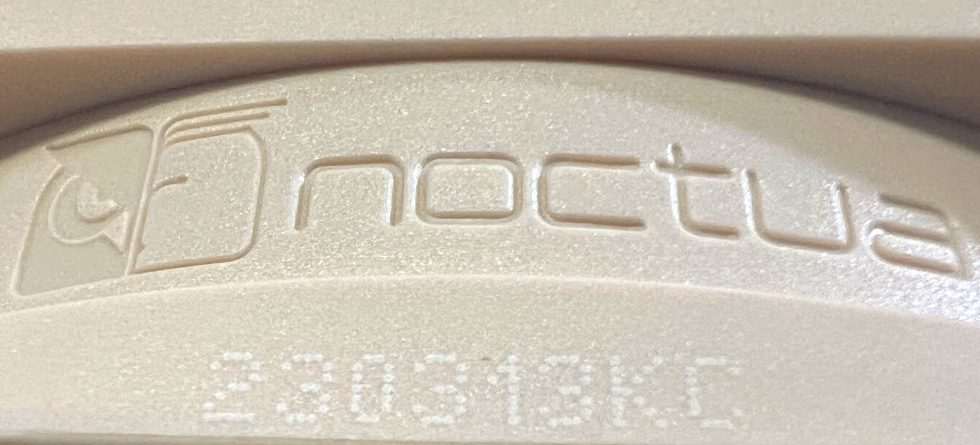The Noctua NF-A12x25 PWM has been around for what feels like an eternity, and of course such a product may be technically improved over time, or the tooling is changed on a regular basis, or at least various details are changed. There was already media attention in 2016 about the (ultimately non-existent) differences between the Chinese and Taiwanese production. We measured a model we purchased ourselves (before 2023) at the beginning of our tests for the new database and were criticized by readers not only once because our measurements did not match their (subjective) impressions or those of other websites. Especially with the noise emission. It’s just that we don’t like to be accused of not working properly.
Of course, we re-measured this fan several times for exactly such reasons and still always got the same values – that works quite consistently here by now. By the way, the fan of a third party from 2020 showed a very similar performance as our old specimen, so we cannot rather assume a defect. Nevertheless, we contacted Noctua in the summer, whereupon we received brand-new specimens that perform completely differently. Apart from external differences such as the label, a lower weight and a definitely different tooling, the characteristics of the various fans also differ outside the maximum values on the data sheet, especially in the behavior on radiators and lower speeds.
Since I’m very reluctant to get into the realm of wild and evidence-free speculation, today I’ve simply gathered the facts from our testing, done some material analysis, and filtered out the differences between the – let’s call it different – iterations. The new fan is definitely better, but it also has a small weakness in one aspect. In the meantime, I also spoke with CEO Roland Mossig on the phone and was also able to get an idea of the quality management at Noctua and the OEM.
What is the visual difference?
The first difference is really quite obvious, as it’s a completely different label on the new fan. Apart from the fact that the CE print on the old model (left) was so incorrect, it also lacked certification for the North American market. The label of the new fan (right) is now correctly labeled. Of course, this has no influence on the performance.
Furthermore, the scales showed 207 grams for the old fan and 198 grams for the new one (including the bent up cable). That in turn speaks for a certain change in the fan, because it’s more than just a generous tolerance and then made us curious. And so you can see that the tooling has also changed, and not just tools 1:1 rotationally replaced. I have framed the differences once in yellow. It’s almost like a hidden object picture, only with fans.
Due to the liquid crystal polymer (LCP) used, color aspects do not play a role, because each fan is almost unique. But there are also other materials. There are deviations above all in the sheet metal used in the hub. On the old fan, the zinc coating was much too thin, but the sheet metal was obviously thicker. Looking at the depth analysis, the coating of the old fan was already “through” after 13 to 15 shots, while the new one still had zinc in the layer after more than twice that number. On the left we see the LIBS of the old fan, on the right that of the new one:
So there has definitely been a change in material, but the cause was certainly caused by the supplier. In any case, the new fan is much better galvanized, which is pleasing. The axle of the motor is made of an iron-chromium alloy in both models and should also last longer, here the differences are already within the possible tolerance range of the measurement.
The brass used is almost the same, the difference in the average copper content is less than 2% between the two models, so this is also okay and does not indicate a different manufacturer with a cheaper material.
And now? Yes, the tooling can be clearly distinguished, some materials too. The label thing is pure optics, so not relevant. Why the old model acted so much louder is hard to find out with simple means. Therefore, I have organized another older model of 2020, which should arrive here in the next few days. But if you want to know for yourself when your model is from, just look at the lasered so-called LOT number (Batch, Charge) in the frame below the logo, behind which Noctua hides the production date, among other things. So we can see that the new part is from March 13, 2023.
As far as it was verifiable with my technical possibilities, the dimensions and surfaces match pretty exactly. But how does the new fan perform in direct comparison to the older model? The next page gives a clear answer: quieter. You can read about how much better this is in total and where there might be differences in the other test values after turning the page.










































84 Antworten
Kommentar
Lade neue Kommentare
Urgestein
1
Veteran
Urgestein
Veteran
Veteran
Veteran
1
Urgestein
Urgestein
1
Mitglied
Veteran
Urgestein
Urgestein
Urgestein
Mitglied
1
Urgestein
Alle Kommentare lesen unter igor´sLAB Community →